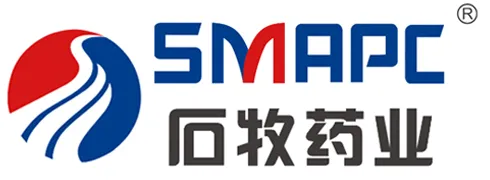It is essential to follow healthcare provider instructions regarding the dosage and duration of treatment to ensure maximum effectiveness and minimize the risk of side effects.
tabletas de albendazol








